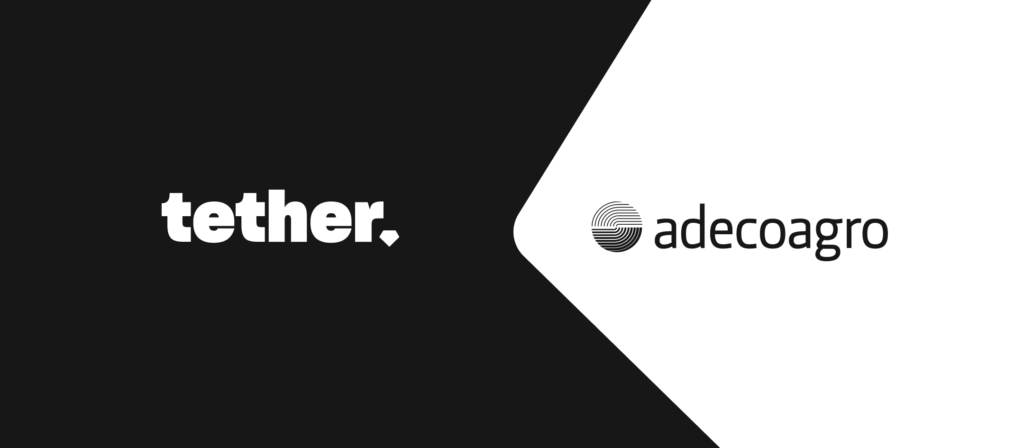In the 1800s and early 1900s, the United States experienced 5 major bank runs. These events, which resulted in enormous losses for depositors and weakened confidence in the banking system became seared into the American psyche.
Outside of bank failures, such as Lehman Brothers during the 2008 financial crisis, the 21st century has seen far fewer bank runs, at least in America. Globally, many emerging markets still experience bank runs and bank failures.
Bank runs are fundamentally caused by a confidence crisis that pushes depositors to withdraw all their money, and because the bank uses a fractional reserve system, the bank cannot fulfil the redemption requests.
A fractional reserve system is when a bank only needs to have a given percentage of total outstanding loans available in its deposits. For example, a bank could lend out $100 million dollars even if it only had $20 million dollars in deposits.
The amount of deposits that a bank needs to have on hand against outstanding loans is called the reserve requirement ratio. This was generally set around 10% but was reduced to 0% during the COVID crisis.

So rather than pushing for more responsible lending standards and a full reserve or higher reserve requirement, governments instead decided to back the banking system with their printing presses.
The lack of fully reserved banks is the underlying cause of all bank runs and is why the world is so vigilant about bank collapses.
If banks were fully reserved, they would not have anything to fear from their customers withdrawing funds from the bank at a rapid pace. However, due to the fractional reserve standard, requests from customers to withdraw their funds can trigger bank failures.
In order to assess the resiliency of the banking sector post-2008, banks conduct stress tests to evaluate their risk of failure. This can happen if customers tried to withdraw their funds in a short period of time, but typically it would happen due to an economic crisis or some other event that put bank assets at risk.
Stress tests are an important aspect of understanding how fragile a financial system is, and they occur every time markets undergo significant volatility.
The collapse of Terra can be understood as the Terra stablecoin system failing to pass a stress test that the market imposed on it. De-Fi protocols face similar challenges when market volatility emerges, and not all of them successfully pass the test.
Why is USD₮ More Resilient?
USD₮ has been proven time and time again to be able to withstand market volatility, crashes, and fund redemptions that would cause many other protocols and especially banks to fail.
How is it that USD₮ is more resilient than all of these other institutions?
The answer is simple: USD₮ is fully reserved.
All of the challenges that other protocols and banks face are only problems because the systems are not fully reserved.
If any given financial system doesn’t have enough collateral to back its outstanding liabilities, it faces the risk of collapse if it is hit with too many withdrawals or the collapse of the value of its available collateral.
But if a system is fully reserved it has no such risk.
As long as there is $1 value of collateral for each $1 of outstanding liabilities ( in this case USD₮ tokens) the worst scenario that can occur is the redemption of all liabilities for the underlying collateral.
USD₮ Passed its Stress Test with Flying Colors
Tether recently faced redemption requests for $10 billion dollars of USD₮ redemptions within a single week and was able to fulfil all requests in full with ease.
$10 billion dollars of redemptions represented over 12% of outstanding USD₮ tokens.
No bank in the world could process the withdrawal of 12% of its outstanding liabilities within a week.
In fact, the size of USD₮ redemptions over the last two weeks rivals the size of the largest banking withdrawals in history. This unrecord is held by requests for $16.7 billion in withdrawals over 10 days from Washington Mutual.
This represented redemption requests for 11% of the bank's assets, less than the amount Tether processed with ease.
Unlike Washington Mutual, which was shut down and seized by regulators, USD₮ has maintained a stable value and highly liquid markets.
Contrary to the fears which are peddled in the market, Tether’s ability to redeem USD₮ tokens for dollars is among the best in the world.
The last two weeks were an enormous stress test for cryptocurrency markets, and Tether passed with flying colors.
Are USD₮ Redemptions a Problem for Tether?
There has been discussion that if redemptions were to continue, it would cause issues for USD₮. This is quite simply not the case.
The stability of USD₮, and Tether, does not rely on continuous inflows into USD₮ and is not threatened by outflows. This is because USD₮ is backed 1 to 1 by collateral and redemptions only mean that Tether is exchanging that collateral for USD₮ tokens held by users.
Additionally, some critics have stated that the redemptions that Tether experienced were because users moved 10 billion dollars into competitor stablecoins. This is also not true.
The vast majority of redemptions went into the traditional finance system, normal banks, and other financial institutions, not into competing stablecoins. While it is true that some competitors did see inflows, it is reasonable to assume some of these inflows could have been from funds redeemed from USD₮, it did not represent a significant majority of redeemed funds.
An Update on USD₮ Reserves
In Tether’s latest assurance opinion, Tether announced that over 47% of total USD₮ reserves are now US Treasuries and that commercial paper now makes up less than 25% of USD₮’s backing. Since March 31, 2022 to the present, commercial paper has been reduced by an additional 20%.
Tether is committed to further reducing commercial paper as part of its reserves and increasing its holding of US Treasuries. Tether is reducing its commercial paper holdings as rising interest rates create superior risk reward opportunities with US Treasuries. While commercial paper is a secure and widely used cash equivalent, US Treasury bills are more liquid and provide greater flexibility when there are short term liquidity demands. Coupled with rising yields, Treasuries are an attractive and secure collateral option for Tether's reserves.
This change in Tether's reserves will be reflected in the next assurance opinion, published quarterly.
These announcements are part of Tether’s ongoing commitment to transparency and stability. Tether’s reserves are strong, conservative, and liquid. This is further demonstrated by Tether’s ability to honor $10 billion in redemption requests within days.








